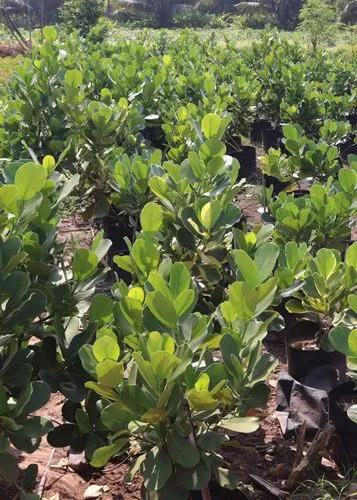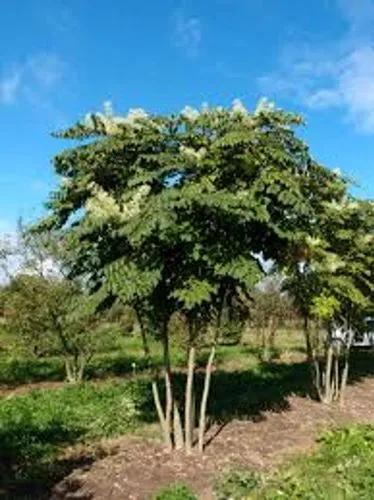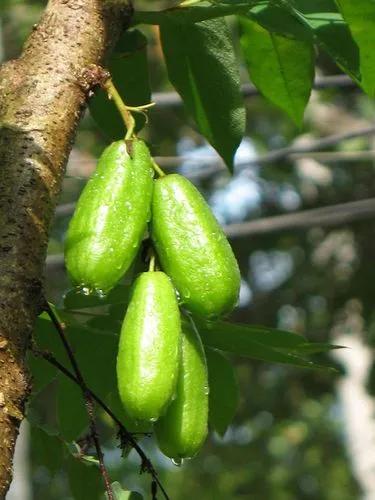Nyssa sylvatica, commonly known as tupelo, black tupelo, black gum or sour gum, is a medium-sized deciduous tree native to eastern North America from the coastal Northeastern United States and southern Ontario south to central Florida and eastern Texas, as well as Mexico.
Black Tupelo Care
Nyssa Sylvatica



Nyssa sylvatica grows to 20–25 metres (66–82 ft) tall, rarely to 35 metres (115 ft), with a trunk diameter of 50–100 centimetres (20–39 in), rarely up to 170 centimetres (67 in). These trees typically have a straight trunk with the branches extending outward at right angles.[3] The bark is dark gray and flaky when young, but it becomes furrowed with age, resembling alligator hide on very old stems. The twigs of this tree are reddish-brown, usually hidden by a greyish skin. The pith is chambered with greenish partitions.
The leaves of this species are variable in size and shape. They can be oval, elliptical, or obovate, and 5–12 cm (2–4.5 in) long. They have lustrous upper surfaces, with entire, often wavy margins. The foliage turns purple in autumn, eventually becoming an intense bright scarlet. Deer are extremely fond of the leaves on seedlings and saplings, to the point where large populations of them can make establishment of the tree almost impossible. For comparison, mature trees are largely left alone.
The flowers are very small, in greenish-white in clusters at the top of a long stalk and a rich source or nectar for bees.
How to Care for the Plant

Popularity

1,045 people already have this plant 85 people have added this plant to their wishlists
Discover more plants with the list below
Popular articles






